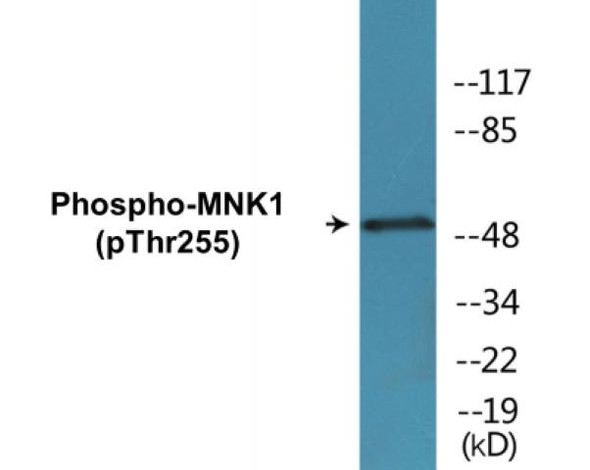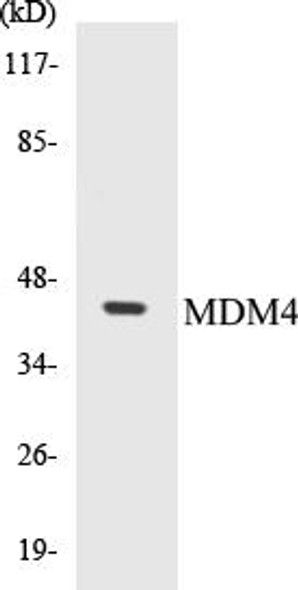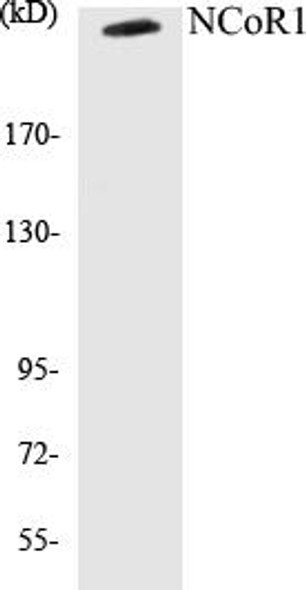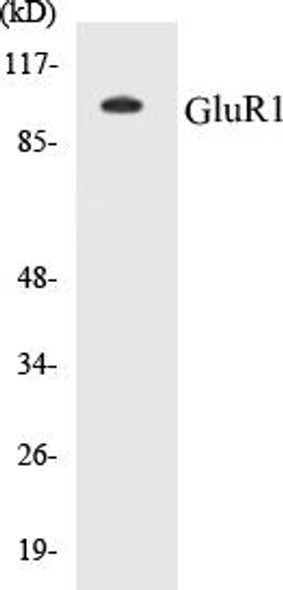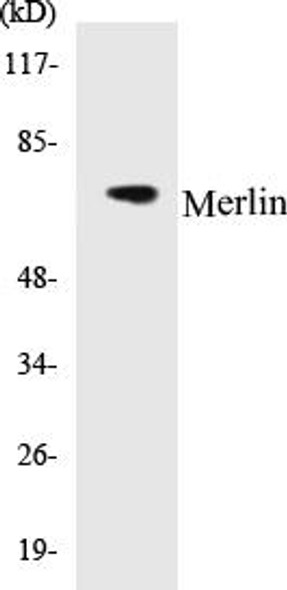MNK1 Colorimetric Cell-Based ELISA Kit
- SKU:
- CBCAB00333
- Product Type:
- ELISA Kit
- ELISA Type:
- Cell Based
- Research Area:
- Signal Transduction
- Reactivity:
- Human
- Mouse
- Detection Method:
- Colorimetric
Description
MNK1 Colorimetric Cell-Based ELISA Kit
The MNK1 Colorimetric Cell-Based ELISA Kit from AssayGenie is designed for accurate detection of MNK1 levels in cell lysates, offering high sensitivity and specificity for reliable and reproducible results in your research. MNK1 is a key protein kinase involved in the regulation of gene expression and cell proliferation, making it a valuable target for studying pathways related to cancer, inflammation, and other diseases.
With easy-to-follow protocols and a quick assay time, this kit is perfect for researchers looking to explore the role of MNK1 in cellular signaling pathways.
| Product Name: | MNK1 Colorimetric Cell-Based ELISA |
| Product Code: | CBCAB00333 |
| ELISA Type: | Cell-Based |
| Target: | MNK1 |
| Reactivity: | Human, Mouse |
| Dynamic Range: | > 5000 Cells |
| Detection Method: | Colorimetric 450 nmStorage/Stability:4°C/6 Months |
| Format: | 96-Well Microplate |
The MNK1 Colorimetric Cell-Based ELISA Kit is a convenient, lysate-free, high throughput and sensitive assay kit that can detect MNK1 protein expression profile in cells. The kit can be used for measuring the relative amounts of MNK1 in cultured cells as well as screening for the effects that various treatments, inhibitors (ie siRNA or chemicals), or activators have on MNK1.
Qualitative determination of MNK1 concentration is achieved by an indirect ELISA format. In essence, MNK1 is captured by MNK1-specific primary antibodies while the HRP-conjugated secondary antibodies bind the Fc region of the primary antibody. Through this binding, the HRP enzyme conjugated to the secondary antibody can catalyze a colorimetric reaction upon substrate addition. Due to the qualitative nature of the Cell-Based ELISA, multiple normalization methods are needed:
| 1. | A monoclonal antibody specific for human GAPDH is included to serve as an internal positive control in normalizing the target absorbance values. |
| 2. | Following the colorimetric measurement of HRP activity via substrate addition, the Crystal Violet whole-cell staining method may be used to determine cell density. After staining, the results can be analysed by normalizing the absorbance values to cell amounts, by which the plating difference can be adjusted. |
| Database Information: | Gene ID: 8569, UniProt ID: Q9BUB5, OMIM: 606724, Unigene: Hs.371594 |
| Gene Symbol: | MKNK1 |
| Sub Type: | None |
| UniProt Protein Function: | Mnk1: a CAM kinase of the MAPKKAPK family that can regulate translation. Following activation by MAP kinases, Mnk1 phosphorylates eIF4E at Ser209, increasing its affinity for the 7-methylguanosine-containing mRNA cap. Two MAPK phosphorylation sites in mouse Mnk1 (Thr197 and Thr202) are essential for its kinase activity. Three alternatively spliced human isoforms have been described. |
| UniProt Protein Details: | Protein type:EC 2.7.11.1; Kinase, protein; Protein kinase, Ser/Thr (non-receptor); Translation; Protein kinase, CAMK; CAMK group; MAPKAPK family; MNK subfamily Chromosomal Location of Human Ortholog: 1p33 Cellular Component: cytoplasm; cytosol; nucleoplasm Molecular Function:ATP binding; calcium-dependent protein serine/threonine kinase activity; calmodulin binding; calmodulin-dependent protein kinase activity; protein binding; protein serine/threonine kinase activity Biological Process: fibroblast growth factor receptor signaling pathway; peptidyl-serine phosphorylation; protein amino acid autophosphorylation; protein amino acid phosphorylation; regulation of translational initiation |
| NCBI Summary: | This gene encodes a Ser/Thr protein kinase that interacts with, and is activated by ERK1 and p38 mitogen-activated protein kinases, and thus may play a role in the response to environmental stress and cytokines. This kinase may also regulate transcription by phosphorylating eIF4E via interaction with the C-terminal region of eIF4G. Alternatively spliced transcript variants have been noted for this gene. [provided by RefSeq, Jan 2012] |
| UniProt Code: | Q9BUB5 |
| NCBI GenInfo Identifier: | 30316115 |
| NCBI Gene ID: | 8569 |
| NCBI Accession: | Q9BUB5.1 |
| UniProt Secondary Accession: | Q9BUB5,O00312, Q5TC06, Q5TC07, Q6V0N6, D3DQ20, D3DQ21 |
| UniProt Related Accession: | Q9BUB5 |
| Molecular Weight: | 39,104 Da |
| NCBI Full Name: | MAP kinase-interacting serine/threonine-protein kinase 1 |
| NCBI Synonym Full Names: | MAP kinase interacting serine/threonine kinase 1 |
| NCBI Official Symbol: | MKNK1 |
| NCBI Official Synonym Symbols: | MNK1 |
| NCBI Protein Information: | MAP kinase-interacting serine/threonine-protein kinase 1 |
| UniProt Protein Name: | MAP kinase-interacting serine/threonine-protein kinase 1 |
| UniProt Synonym Protein Names: | MAP kinase signal-integrating kinase 1; MAPK signal-integrating kinase 1; Mnk1 |
| Protein Family: | MAP kinase-interacting serine/threonine-protein kinase |
| UniProt Gene Name: | MKNK1 |
| UniProt Entry Name: | MKNK1_HUMAN |
| Component | Quantity |
| 96-Well Cell Culture Clear-Bottom Microplate | 2 plates |
| 10X TBS | 24 mL |
| Quenching Buffer | 24 mL |
| Blocking Buffer | 50 mL |
| 15X Wash Buffer | 50 mL |
| Primary Antibody Diluent | 12 mL |
| 100x Anti-Phospho Target Antibody | 60 µL |
| 100x Anti-Target Antibody | 60 µL |
| Anti-GAPDH Antibody | 60 µL |
| HRP-Conjugated Anti-Rabbit IgG Antibody | 12 mL |
| HRP-Conjugated Anti-Mouse IgG Antibody | 12 mL |
| SDS Solution | 12 mL |
| Stop Solution | 24 mL |
| Ready-to-Use Substrate | 12 mL |
| Crystal Violet Solution | 12 mL |
| Adhesive Plate Seals | 2 seals |
The following materials and/or equipment are NOT provided in this kit but are necessary to successfully conduct the experiment:
- Microplate reader able to measure absorbance at 450 nm and/or 595 nm for Crystal Violet Cell Staining (Optional)
- Micropipettes with capability of measuring volumes ranging from 1 µL to 1 ml
- 37% formaldehyde (Sigma Cat# F-8775) or formaldehyde from other sources
- Squirt bottle, manifold dispenser, multichannel pipette reservoir or automated microplate washer
- Graph paper or computer software capable of generating or displaying logarithmic functions
- Absorbent papers or vacuum aspirator
- Test tubes or microfuge tubes capable of storing ≥1 ml
- Poly-L-Lysine (Sigma Cat# P4832 for suspension cells)
- Orbital shaker (optional)
- Deionized or sterile water
*Note: Protocols are specific to each batch/lot. For the correct instructions please follow the protocol included in your kit.
| Step | Procedure |
| 1. | Seed 200 µL of 20,000 adherent cells in culture medium in each well of a 96-well plate. The plates included in the kit are sterile and treated for cell culture. For suspension cells and loosely attached cells, coat the plates with 100 µL of 10 µg/ml Poly-L-Lysine (not included) to each well of a 96-well plate for 30 minutes at 37°C prior to adding cells. |
| 2. | Incubate the cells for overnight at 37°C, 5% CO2. |
| 3. | Treat the cells as desired. |
| 4. | Remove the cell culture medium and rinse with 200 µL of 1x TBS, twice. |
| 5. | Fix the cells by incubating with 100 µL of Fixing Solution for 20 minutes at room temperature. The 4% formaldehyde is used for adherent cells and 8% formaldehyde is used for suspension cells and loosely attached cells. |
| 6. | Remove the Fixing Solution and wash the plate 3 times with 200 µL 1x Wash Buffer for five minutes each time with gentle shaking on the orbital shaker. The plate can be stored at 4°C for a week. |
| 7. | Add 100 µL of Quenching Buffer and incubate for 20 minutes at room temperature. |
| 8. | Wash the plate 3 times with 1x Wash Buffer for 5 minutes each time. |
| 9. | Add 200 µL of Blocking Buffer and incubate for 1 hour at room temperature. |
| 10. | Wash 3 times with 200 µL of 1x Wash Buffer for 5 minutes each time. |
| 11. | Add 50 µL of 1x primary antibodies (Anti-MNK1 Antibody and/or Anti-GAPDH Antibody) to the corresponding wells, cover with Parafilm and incubate for 16 hours (overnight) at 4°C. If the target expression is known to be high, incubate for 2 hours at room temperature. |
| 12. | Wash 3 times with 200 µL of 1x Wash Buffer for 5 minutes each time. |
| 13. | Add 50 µL of 1x secondary antibodies (HRP-Conjugated AntiRabbit IgG Antibody or HRP-Conjugated Anti-Mouse IgG Antibody) to corresponding wells and incubate for 1.5 hours at room temperature. |
| 14. | Wash 3 times with 200 µL of 1x Wash Buffer for 5 minutes each time. |
| 15. | Add 50 µL of Ready-to-Use Substrate to each well and incubate for 30 minutes at room temperature in the dark. |
| 16. | Add 50 µL of Stop Solution to each well and read OD at 450 nm immediately using the microplate reader. |
(Additional Crystal Violet staining may be performed if desired – details of this may be found in the kit technical manual.)


